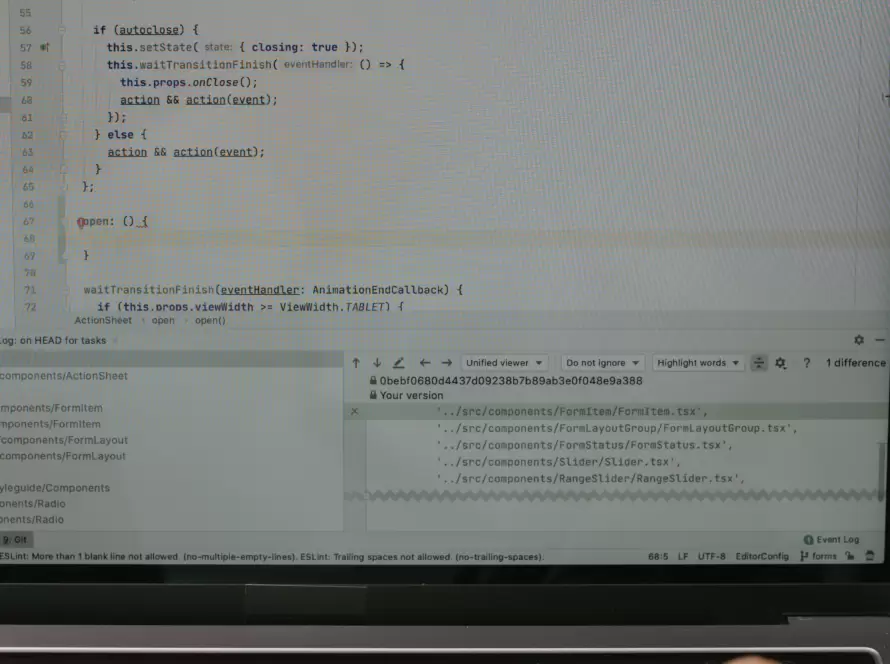Generated by Contentify AI
JavaScript has undergone a fascinating evolution since its inception in the mid-1990s. This comprehensive timeline delves into the major milestones that have shaped JavaScript into the powerful and versatile language it is today. From its humble beginnings at Netscape Communications to its widespread adoption across browsers and platforms, JavaScript has solidified its place as one of the cornerstones of web development.
In 1995, Brendan Eich created JavaScript in just 10 days while working at Netscape Communications. Originally named Mocha, the language was later renamed to LiveScript and eventually to JavaScript. The release of Netscape Navigator 2.0 in 1995 marked the first time JavaScript was made available to developers, opening up a new era of interactive and dynamic web design. Over the years, ECMAScript standards have been established to provide a set of rules and guidelines for implementing JavaScript, ensuring consistency and compatibility across different environments.
The introduction of AJAX (Asynchronous JavaScript and XML) in the early 2000s revolutionized web development by enabling asynchronous data retrieval without the need for page reloads. This innovation laid the foundation for the rich, interactive web applications we use today. With the rise of libraries and frameworks like jQuery, React, and Angular, developers have been able to streamline development processes and create complex, feature-rich web applications with ease. As JavaScript continues to evolve, with the advent of technologies like Node.js and Electron, its versatility and capabilities only continue to expand, making it an indispensable tool for modern web development.



